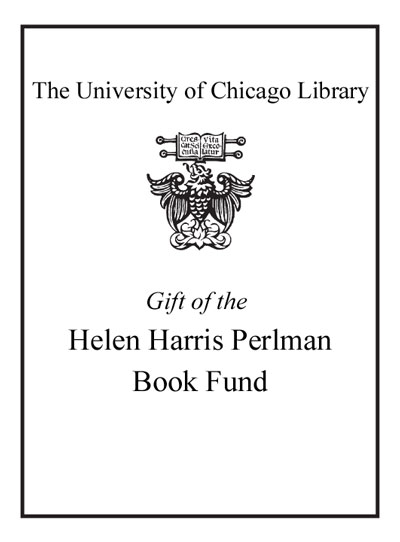Counseling addicted families : an integrated assessment and treatment model /
Saved in:
| Author / Creator: | Juhnke, Gerald A. |
|---|---|
| Imprint: | New York : Routledge, c2006. |
| Description: | viii, 359 p. : ill. ; 24 cm. |
| Language: | English |
| Subject: | |
| Format: | Print Book |
| URL for this record: | http://pi.lib.uchicago.edu/1001/cat/bib/6027127 |
Table of Contents:
- Preface
- Chapter 1. The Definition and Prevalence of Addiction: Impacts on the Family and the Nation
- Chapter 1. Learning Objectives
- Introduction
- Addiction-A Working Definition
- Helping Clients and Families Understand
- Clinical Definitions-Can We Agree?
- Now to Complicate Matters...
- Addiction-Prevalence and Impacts
- An Accurate Count-Is It Possible?
- How Much Does It All Cost?
- Impacts of Chemical Addictions
- Impacts of Process Addictions
- The Final Calculations
- Skill Builder
- Skill Builder Responses and Answers
- References
- Chapter 2. Helping Clients and Families Understand Addictions: Etiological Theories and Models
- Chapter 2. Learning Objectives
- Introduction
- Theory, Theory, Theory...Why Can't We Just Wing It?
- Moving from Moral to Multifaceted-A Discussion of Addiction Theories
- Why Don't They Just Stop?-The Moral Model of Addictive Disorders
- Clinical Case Example
- Summary and Integration
- I Can't Help It-I Have a Disease: The Physiological Theory of Addiction
- The Disease/Medical Model
- Support for the Physiological Theory: The Impact of Genetics
- Clinical Case Example
- Summary and Integration
- Numbing Out-The Psychological Theory of Addictive Disorders
- The Influence of Behavioral Theory
- Hiding the Hurt: The Self-Medication Hypothesis
- Living the Lifestyle: The Addictive Personality
- Clinical Case Example
- Summary and Integration
- "Where'd You Learn to Drink Like That?"-The Influence of the Environment on Addictive Disorders
- Sociological Theory
- Social Learning Theory
- Summary and Integration
- Which Came First, the Chicken or the Egg?-The Biopsychosocialspiritual Approach to Addictive Disorders
- Spirituality and Addiction
- Clinical Case Example
- Summary and Integration
- Conclusions
- Skill Builder
- Skill Builder Responses and Answers
- References
- Chapter 3. Family Addictions Assessment
- Chapter 3. Learning Objectives
- Introduction
- The Clinical Family Addictions Assessment Interview
- Six Clinical Family Addiction Assessment Phases
- Drug Detection Testing and Specialty Assessment Instruments
- Drug Detection Testing
- Specialty Assessment Instruments
- Therapeutic Feedback
- Sincere Accomplishment Reviews and Compliments
- When Perceptions Don't Match
- Summary
- Skill Builder
- Skill Builder Responses
- References
- Chapter 4. The Sequential Family Addictions Counseling Model
- Chapter 4. Learning Objectives
- Introduction
- Why Family Counseling?
- What Is Family Counseling?
- Common Family Therapy Terms and Constructs
- Equifinality
- Homeostasis
- Family Roles
- Family Boundaries
- Domestic Violence and Addicted Families
- The Model
- General Model Overview
- Stage 1. The Change Model and Motivational Interviewing
- Stage 2. Solution-Focused Therapy
- Stage 3. Cognitive-Behavioral Family Therapy
- Stage 4. Structural Family Counseling
- Stage 5. Extended Family Systems Counseling
- Stage 6. Modified Intergenerational Family-of-Origin Therapy
- Summary
- Stage 7. Psychodynamic Object Relations Family Therapy
- Conclusion
- Skill Builder
- Skill Builder Responses
- References
- Chapter 5. Special Topics in Counseling Addicted Families
- Chapter 5. Learning Objectives
- Introduction
- Social Justice
- Stigmatization and Discrimination toward Addicted Families
- Ignorance Is No Excuse
- Multicultural Topics
- Self-Assessment
- Multicultural Family Addictions Counseling
- Multicultural Resources
- Life-Threatening Behaviors
- Suicide
- Substance-Related Familial Violence
- Conclusion
- Skill Builder
- Skill Builder Responses
- References
- Final Comments
- Index

